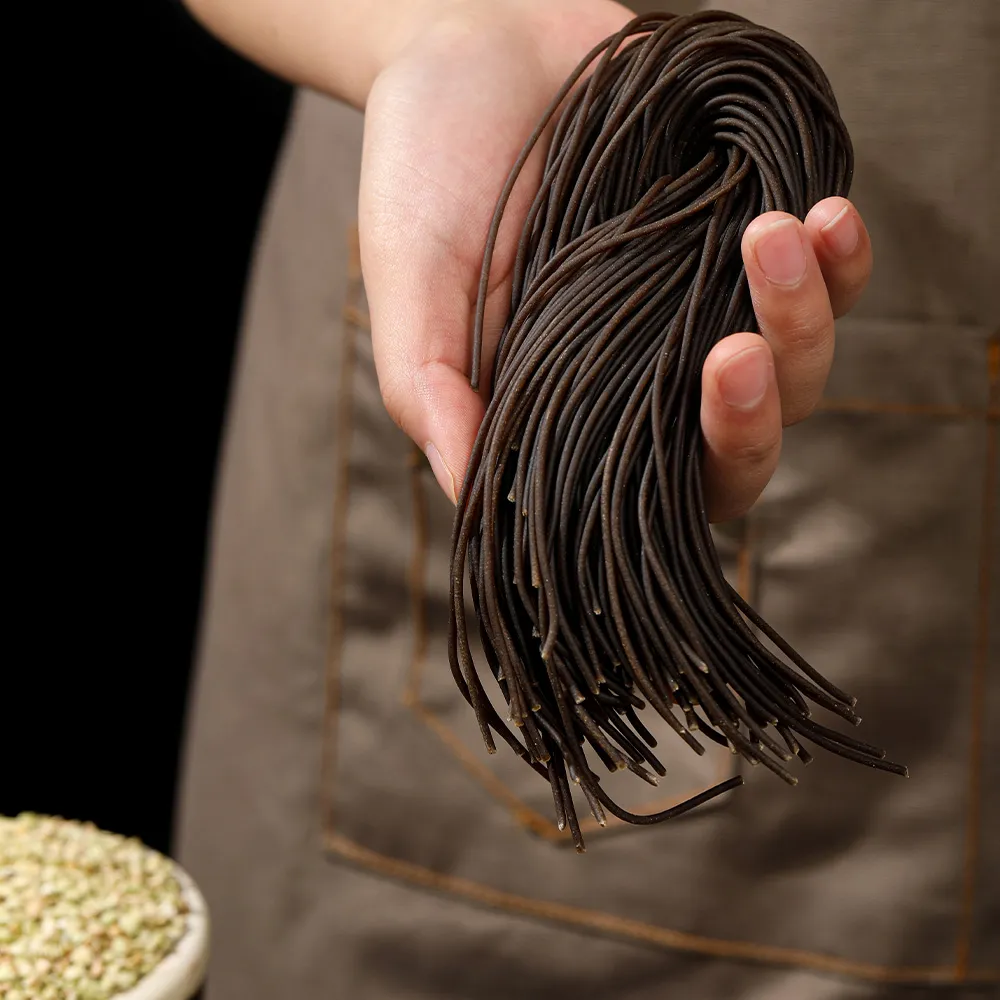different types of soba
Exploring Different Types of Soba A Cultural and Culinary Journey
Soba, a traditional Japanese noodle made primarily from buckwheat flour, has been a staple in Japanese cuisine for centuries. Renowned for its unique flavor and texture, soba is increasingly gaining popularity worldwide. While many are familiar with the standard soba noodle, there exists a variety of soba types, each with its own regional characteristics, cooking methods, and cultural significance. In this article, we will explore the different types of soba and the roles they play in Japan's culinary landscape.
1. Cha Soba (Green Tea Soba)
One of the most popular variations is Cha Soba, which incorporates powdered green tea into the dough. This unique addition not only gives the noodles a vibrant green color but also infuses them with the earthy aroma and subtle bitterness of green tea. Cha Soba is often served chilled with a dipping sauce or hot in a broth, providing a refreshing alternative, especially during the warmer months. This type of soba is not only delicious but also carries the health benefits associated with green tea, making it a popular choice among health-conscious diners.
2. Zaru Soba
Zaru Soba is perhaps the most iconic representation of soba in Japan. Typically served cold on a bamboo tray (zaru), these noodles are enjoyed with a soy-based dipping sauce called tsuyu, and garnished with sliced green onions, wasabi, or nori seaweed. The simplicity of Zaru Soba allows the natural flavor of the buckwheat to shine, emphasizing traditional Japanese elements of umami and freshness. It is commonly enjoyed in the summer, making it a refreshing dish during hot weather.
3. Kake Soba
In contrast to Zaru Soba, Kake Soba features hot noodles served in a flavorful broth. The broth is typically made from dashi (a Japanese soup stock), soy sauce, and mirin, resulting in a comforting and savory dish. Kake Soba can be garnished with various toppings such as tempura, green onions, and kamaboko (fish cake), making it a hearty meal perfect for colder seasons. This warm soba variation is not only soothing but also provides a sense of comfort and homeliness.
different types of soba

4. Tanuki Soba
Tanuki Soba presents a delightful twist, marked by the addition of tenkasu, or tempura scraps, which add a crunchy texture to the dish. Generally served hot in a broth similar to Kake Soba, Tanuki Soba embodies the perfect blend of flavors, combining the soft noodles with crispy tempura remnants. This dish highlights the concept of contrast in Japanese cuisine, where different textures and flavors work harmoniously together.
5. Hiyashi Soba
A seasonal favorite, Hiyashi Soba is a chilled noodle dish served with a variety of toppings that can vary based on regional and seasonal ingredients. Common toppings include sliced cucumber, shredded egg, and sliced meats, often drizzled with a tangy soy sauce-based dressing. This dish is particularly popular during the summer months and is celebrated for its refreshing qualities, making it ideal for hot weather.
6. Mori Soba
Mori Soba is another simple preparation that emphasizes the essence of soba. It is similar to Zaru Soba, often served chilled but presented without the traditional bamboo tray, making it a more casual dish. Typically, Mori Soba is enjoyed at home or casual dining settings, offering a quick and delicious meal option.
Conclusion
From the delicate flavors of Cha Soba to the comforting warmth of Kake Soba, the variety within soba showcases its versatility and cultural significance in Japan. Each type of soba brings a distinct taste and experience, reflecting the diverse culinary traditions of the country. Whether served hot or cold, plain or topped with various ingredients, soba remains a beloved part of Japanese cuisine, inviting food lovers around the world to explore its rich heritage. As its popularity continues to spread, soba stands as a testament to the beauty of simplicity and tradition in food.
-
Unleash Your Inner Chef with Delectable Italian Pasta CreationsNewsAug.01,2025
-
Savor Health and Flavor: Irresistible Soba Noodles for Sale Await!NewsAug.01,2025
-
Nourish Your Body with Premium Organic Ramen - A Culinary Delight AwaitsNewsAug.01,2025
-
Elevate Your Dishes with Our Exquisite Kinds of Egg NoodlesNewsAug.01,2025
-
Dive into Flavorful Convenience with Our Ramen OfferingsNewsAug.01,2025
-
Discover Exquisite Types of Naengmyeon and Chilled Soba NoodlesNewsAug.01,2025
-
Is Whole Wheat Pasta Healthy?NewsMay.30,2025
Browse qua the following product new the we

















































































































